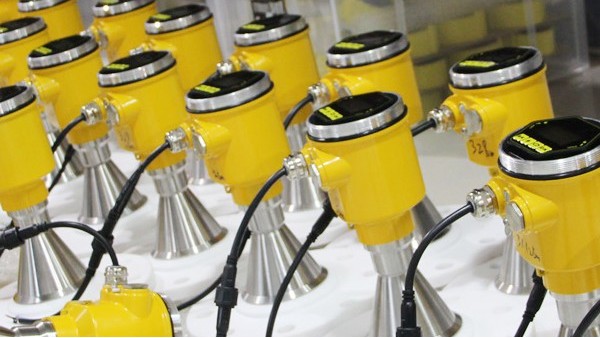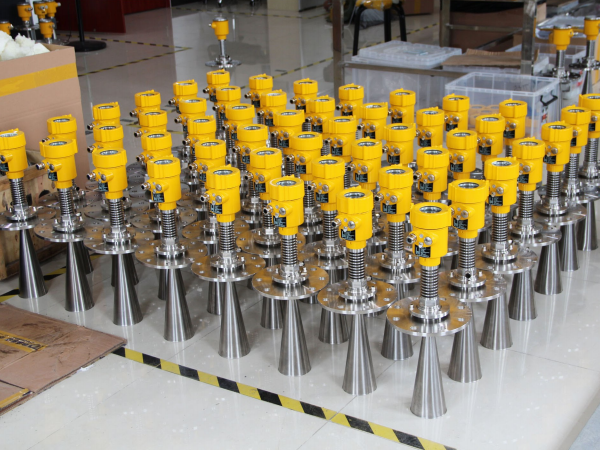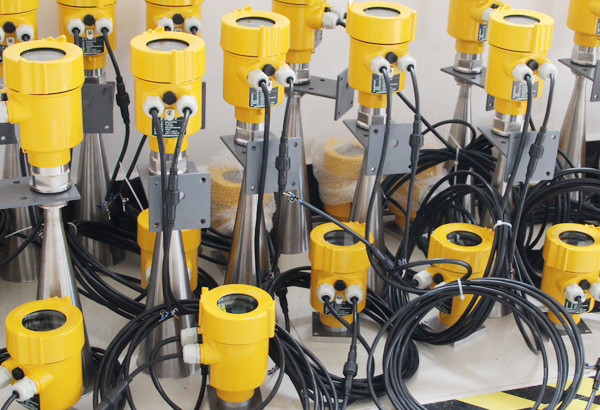Radar level meters are advanced measuring instruments for solid materials, process vessels, or strong dust prone to crystallization and condensation.
It has the advantages of low maintenance, high performance, high accuracy, high reliability, and long service life. It can be adapted to harsh production environments such as high temperature, high pressure, and steam.
Measuring distances of up to 70 meters can be used for level measurement in storage tanks, intermediate buffer tanks, or process vessels with 4…20mA analog output.
During the use of the radar level meter, there are many factors that may affect the measurement accuracy.
The methods of dealing with current interference in radar level meters are roughly divided into two categories, namely DC interference and AC interference.

1. DC interference
In the radar level meter measuring circuit, when additional DC current voltage appears, it is DC interference. In severe cases, it will make the measuring instrument not work properly. There are several sources of DC interference as follows.
(1) Additional thermal potentials.
(2) Chemical potential.
(3) When the radar level meter is in contact with the DC power supply, the leakage current will generate interference voltage through the measuring circuit.

2. AC Interference
AC interference can also be divided into inter-line interference and interference to earth. Inter-line interference refers to the external influence, the radar level meter series (compensation wire) between the output terminals will appear as AC voltage. This interference is also known as transverse, common mode, or common state interference.
In general, the interline interference voltage can reach several millivolts or even tens of millivolts.
Interference to the ground is now one of the two outputs of the radar level meter (or compensation wire), the AC voltage to ground is called interference voltage to ground.
This interference is also known as longitudinal, crosstalk, or crosstalk interference. In general, the interference voltage to the ground can reach several volts or even more than 100 volts. The main sources of AC interference are the following.

(1) Electromagnetic induction is the main source of inter-wire interference.
(2) High-temperature leakage effects.
(3) High voltage electric field interference.
(4) Ground current interference.
(5) Suction mock leakage effects.
(6) Temperature measurement on a charged body can also introduce AC interference.
